Eucalyptus trees, commonly known as gum trees, are nearly exclusively native to Australia. These are the trees where koalas feed and spend their lives. Only a handful of the more than 700 species identified by science exist totally outside of Australia’s boundaries.
This group of evergreen trees from Australia has spread around the globe, becoming one of the most frequently farmed trees on the planet. Surprisingly, most Australian ecosystems, like those in the western United States, have evolved with regular fire threat regimes.
As a consequence, eucalyptus trees are often fire-resistant and quickly regenerate after being burnt.Eucalyptus belongs to the Myrtaceae family of plants. The shaggy bark of Eucalyptus trees, sometimes known as stringybark, may peel off all year or just occasionally, depending on the species.
These trees, unlike pines, have a large number of stamens, making them flowering trees. They also feature cup-shaped flowers that develop into hard, nut-like seed heads. Most gum trees have blue-green, leathery leaves that contain eucalyptol, a menthol-scented oil.
Eucalyptus Deglupta

Rainbow gum has a multicolored bark that is quite stunning. Out of 700 eucalyptus species, this is the only one that does not grow in Australia.
Unfortunately for most Americans, this is one of the world’s most tropical eucalyptus species, making it unsuitable for cultivation anywhere else than Florida, Hawaii, and Puerto Rico. This is one of the world’s tallest trees, reaching well over 200 feet in the air.
Eucalyptus Gunnii

Cider gum is a single-trunked eucalyptus tree native to higher altitudes in Australia. One of the native plants of Australia. It is one of the most cold-hardy eucalyptus trees.
One of the reasons it is the most often planted eucalyptus in the frigid British Isles is because of this.
Eucalyptus Pauciflora

Snow gum has a unique, twisted growth pattern. Its twists and swirls in the bark may create a beautiful tiny tree. Snow gun, as its name implies, thrives in colder climes than other Eucalyptus species.
The life history of these eucalyptus tree habitats is tied to mallee eucalyptus, eucalyptus pulchella, eucalyptus caesia and eucalyptus nicholii. E
Eucalyptus Dalrympleana
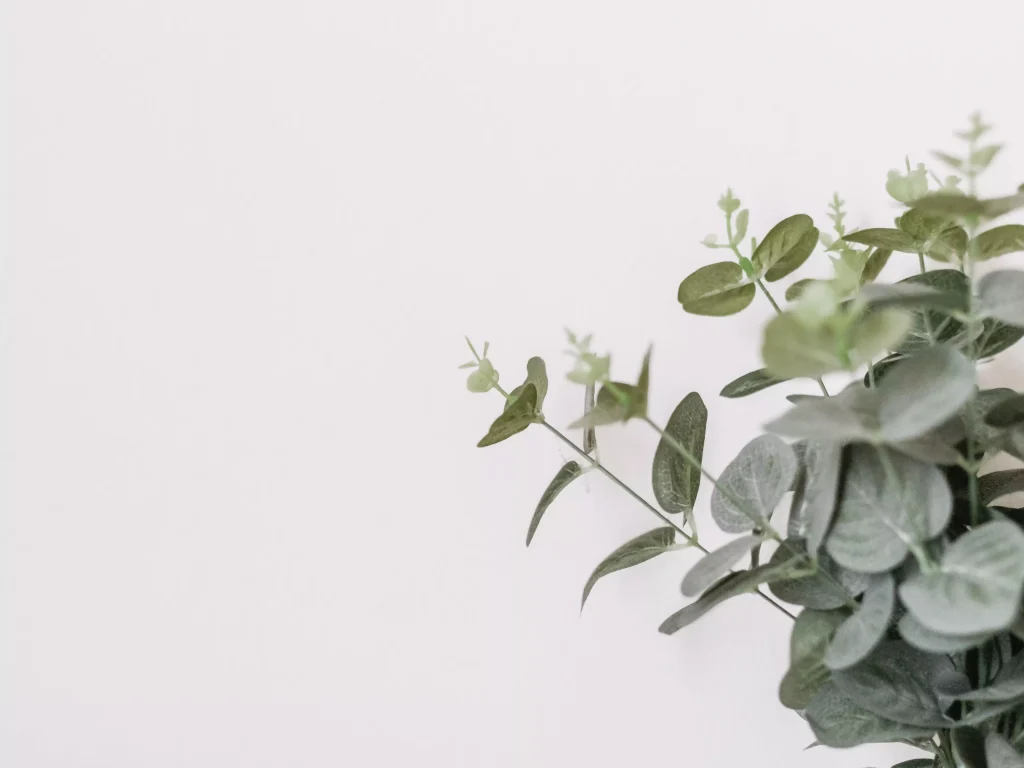
This eucalyptus is unique in that its bark is completely white, with no stripping or peeling bark ribbons.
The white bark of the tree, together with the fascinating branching structure the tree, make for an aesthetic addition to a landscape when lighted from below at night.
Eucalyptus Perriniana
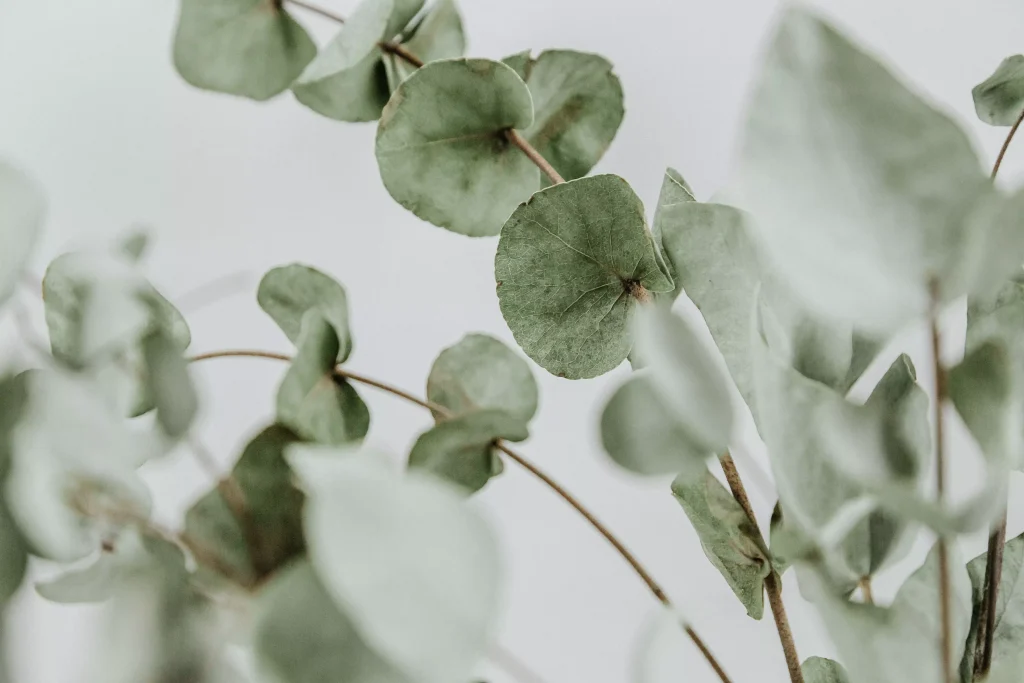
This tree can only be found in the wild in the sub-alpine regions of southern Australia. For many months of the year, these vistas are blanketed in snow. Domesticated kinds of spinning gum, on the other hand, may flourish in more temperate areas.
This is one among the most appealing cold-hardy eucalyptus species. Similar to this eucalyptus polybractea. The native species of the Southern blue gum is characteristic with white flowers.
Eucalyptus Astringens
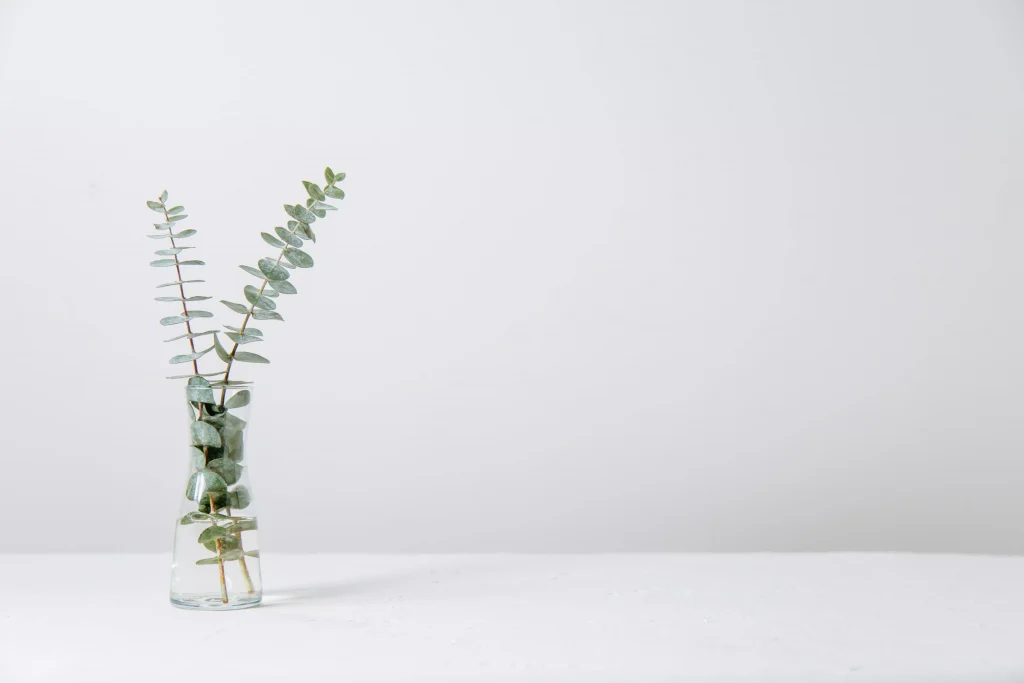
This eucalyptus can only be found in Australia’s southwestern tip. The brown mallet has been spread to other regions of Australia, just like eucalyptus has done over the globe.
Many eucalyptus types don’t yield excellent lumber, but the brown mallet is a popular construction material in Australia.
Eucalyptus Camaldulensis
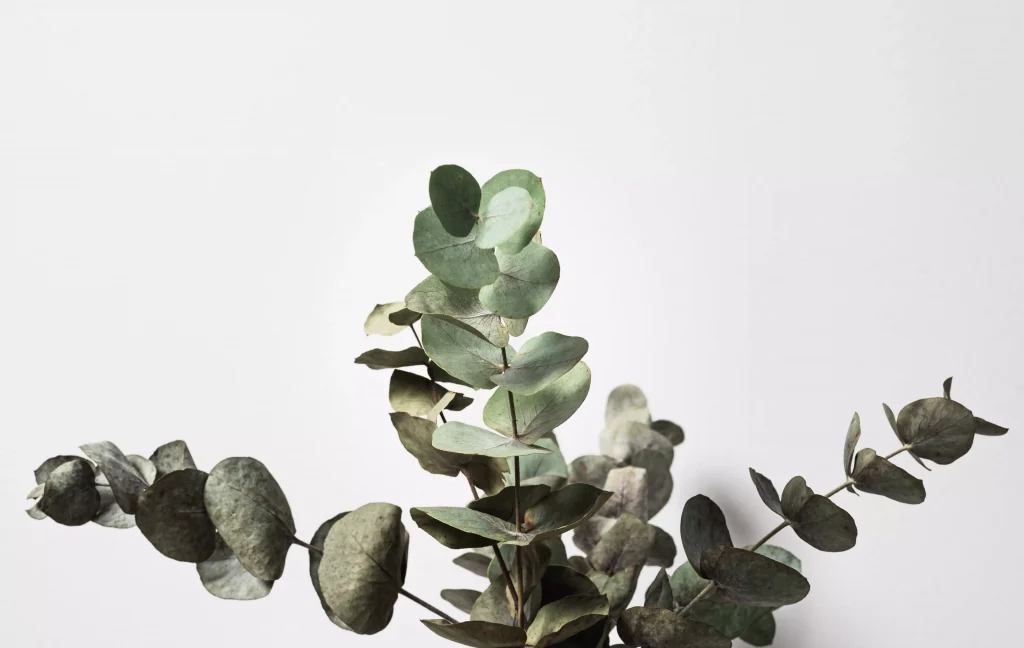
Red gum may refer to a variety of eucalyptus species, although in the United States, it most usually refers to Eucalyptus camaldulensis. During the late 19th and early 20th centuries, this tree was extensively planted along streams in southern California.
This fast-growing eucalyptus may generate branches that aren’t very sturdy if it has access to water. During windstorms, they often break off. Parking your automobile beneath a red gum is not a good idea!
Eucalyptus Polyanthemos
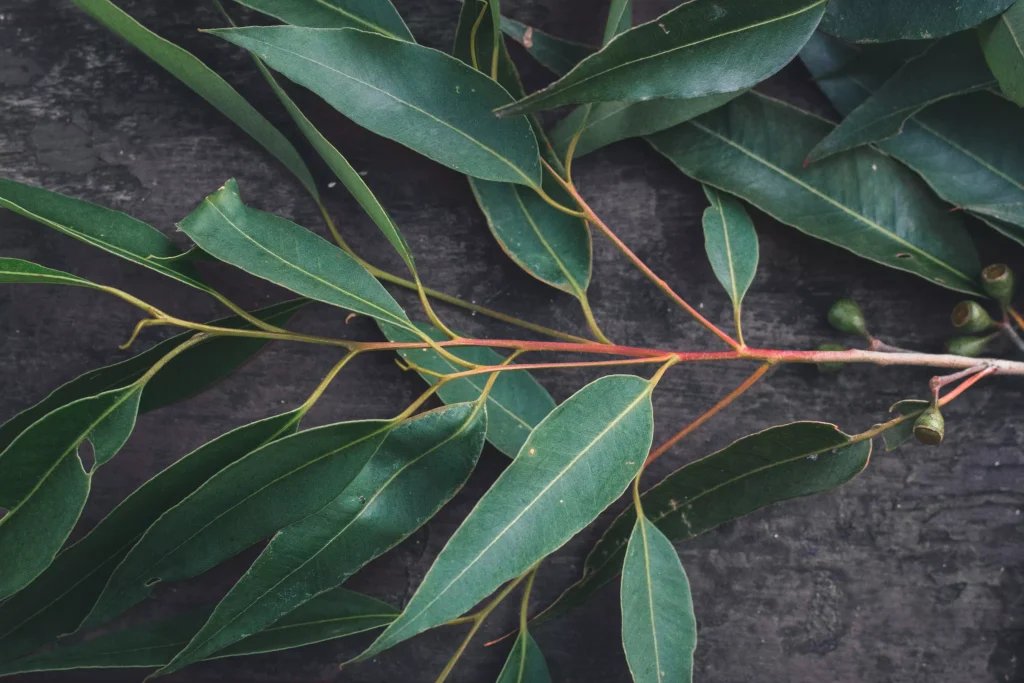
The leaves of the silver dollar gum are spherical and have a grey, silvery-white sheen on the underside. They resemble 50-cent pieces from some angles!
This lovely leaf color has found its way into the florist’s toolkit. In California, silver dollar gums are the second most common Eucalyptus. They have become invasive species in several locations. Simialr to this epcies are eucalyptus cladocalyx and is a common name for the eucalyptus forest trees.
Its eucalyptus tree bark is full of eucalyptus oils and it falls into the broad categories of eucalyptus trees. The common species has an effective windbreak which further gives it the eucalyptus baby blue color similar to eucalyptus lehmannii.
Eucalyptus Mannifera

The red-spotted gum tree, also known as the brittle gum, has smooth gray bark with peeling crimson areas. Red-spotted gum trees may reach a height of 82 feet (25 meters) and have a woody swelling of the root crown (lignotuber) similar to other mallet eucalyptus species. USDA zones 9 to 11 are suitable for this eucalyptus species.
Eucalyptus tree identification is easy. In South America, trees that achieved fast growth and rapid growth with lots of white peppermint and flower arrangements can be categorized for example as eucalyptus pulverulenta. Other South Australian types of eucalyptus trees include the Silver princess gum tree for example.
Eucalyptus Platypus
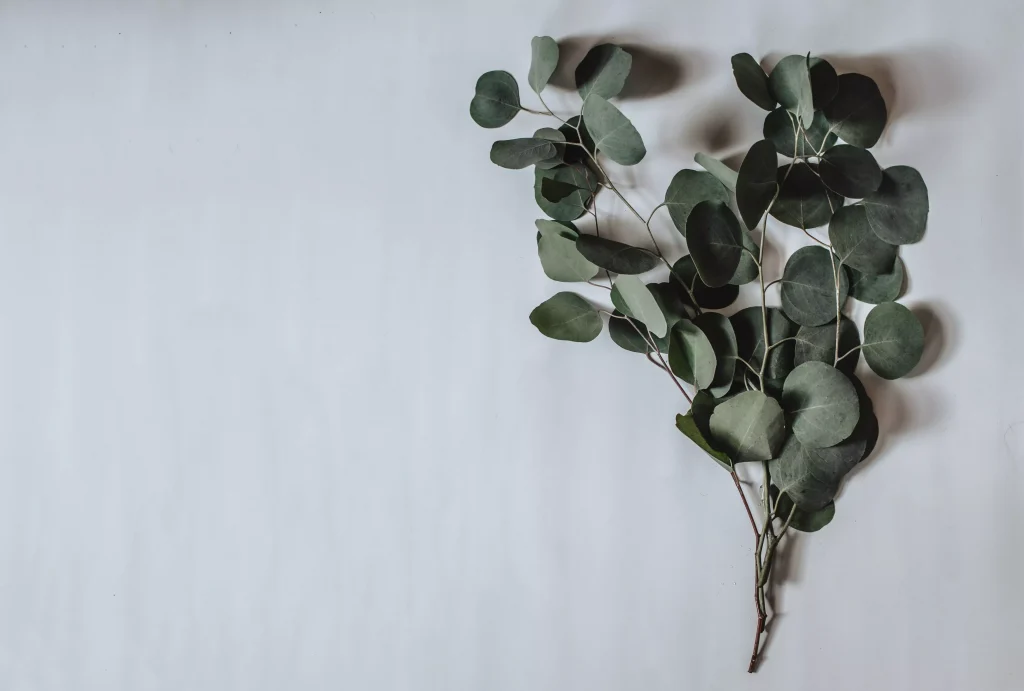
The eucalyptus tree moort (also known as maalok) has a mallee or marlock growth habit. Even as the tree ages, moort eucalyptus trees are distinguished by their glossy green leaves that are round or oval. The glossy coppery-brown bark of these shrubby eucalyptus trees gives way to creamy-white, yellowish, or pink blooms.
The leaves of the Moort eucalyptus tree are spherical, egg-shaped, and medium green with a lustrous look. The leaf edges of these spherical eucalyptus leaves have a scarlet hue that complements the red stems and red flower buds in photographs.
To learn more about Eucalyptus species, check out the website below.
Read more articles in the Lifestyle Category
